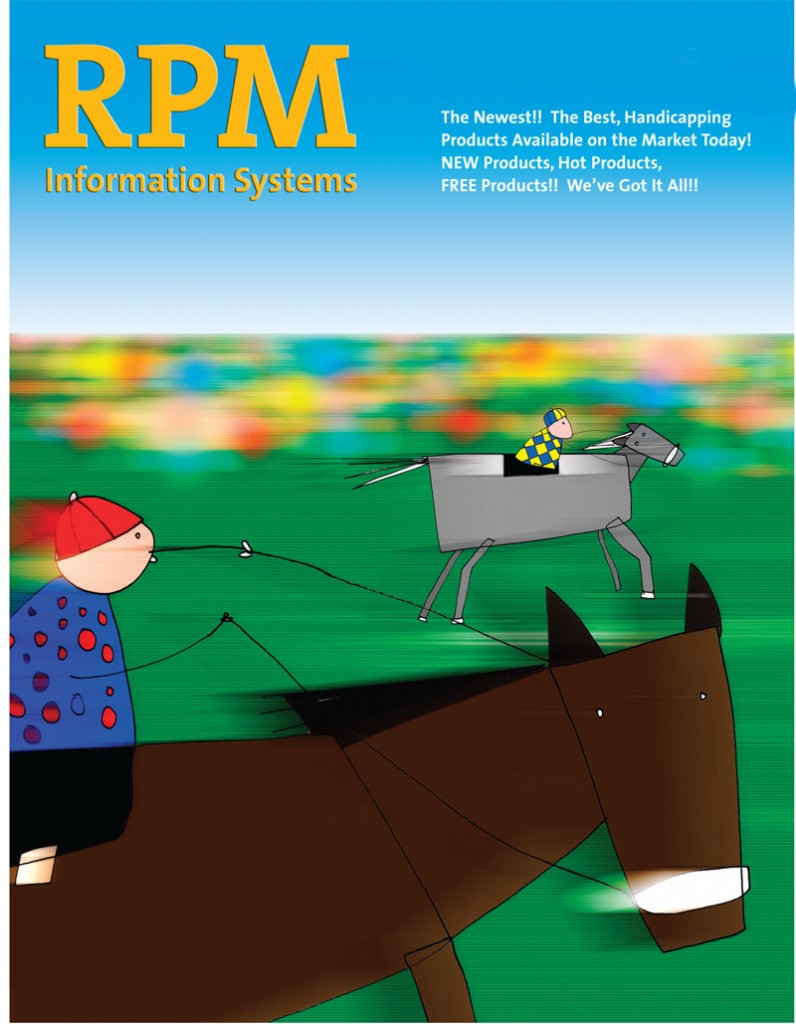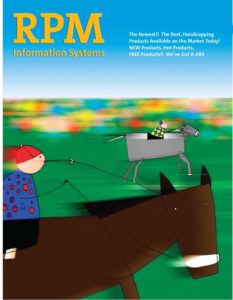Beyer Two-Point Method
We are looking for a horse who has an ‘average’ two-race Beyer Figure at least two-points higher than any other horse in the race. We will then apply some simple qualifiers to arrive at a viable selection method.
The Rules
The rules are very simple.
First, we are going to restrict our play to higher-level races. We will play only claiming races of $40,000 and above, Allowance races with conditions of ‘non-winners of three races other than…’ and above, Stakes and Handicap races.
In order to qualify, we want to find a runner whose average Beyer is at least 2 points higher than any of his competition’s average. We get the average, very simply, by averaging each horse’s last two Beyer Figures. The only time constraint here is that the most recent race must have occured within the last 70 days.
Our runner qualifies for play if:
1) He has finished either 1st or 2nd in 33% of this year’s and last year’s starts combined.
2) He has at least one win and one 2nd in his last five races.
3) He is on a surface and distance which he has won or finished 2nd within the past 180 days (6 months).
4) He is ridden by a top-10 jock. We consider the play even stronger if the jock has ridden him to a 1st or 2nd-place finish within the past 180 days.
You are not going to get any huge prices with this method, but horses fitting the above parameters are extremely consistent animals. In our 994-race study at 10 large North American tracks, the Two-Point Beyer horse won 37.7% of the time at an average win mutuel of $5.76, generating a small, but positive profit. They also racked up an Exacta percentage of just under 57%. So, horses fitting this scenario are excellent Exacta ‘key’ horses. They are also ‘must’ uses in the Exotic bets, including the ‘Place Pick 9’ if your track carries that form of wagering.
Beyer Three-Point Method
One of the truly consistent positive-expectation plays using the Beyer figures is graphically displayed in the small chart on Page 3 of this section. When a runner’s last two Beyers are both at least three points higher than any of its competitor’s last two Beyers, you are dealing with a high-percentage animal. As the chart shows, over 40% of the runners displaying this characteristic were winners. This percentage has held up remarkably well in other studies, including the one cited by Andy Beyer in his newest work, Beyer On Speed.
We know that over the long run this type of horse is going to produce a small positive ROI. The studies done did not discriminate as to odds ranges. All qualifiers were considered a play, regardless if the horse was 1-to-5 or 15-to-1.
We were able to improve the ROI, while lowering the win percentage a bit, by limiting our plays to horses going off at 8-to-5 or better. We then moved the win percentage back up a bit by requiring the horse to have at least one race and three workouts in the past 30 days.
Now understand that you are not going to find a whole lot of these plays, but we’re talking about an Exacta percentage, i.e., the horse finishes 1st or 2nd, close to 63% of the time. In our books, that’s a play well worth waiting for!
We’ll layout the simple rules below.
The Rules
Consider for play only horses whose last two Beyer Figures are at least three points higher than any of his opposition’s last two Beyer Figures. Example: Last two Beyer Figures: 79 and 77. To qualify for play, none of the other runners’ last two Beyer Figures can be higher than 74.
To maximize return play only when our qualifier:
1) Is going off at odds of 8-to-5 or better
2) Has at least one race and three workouts in the past 30 days.





